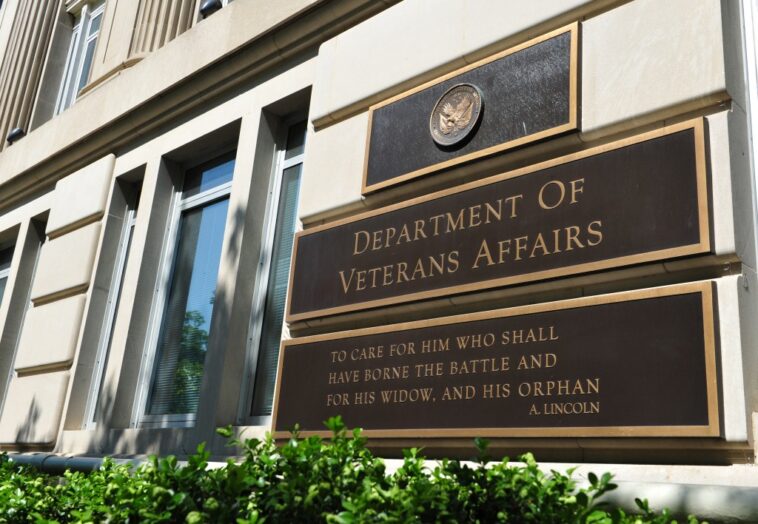The Department of Veterans Affairs has projected a significant dip in the number of its employees by the end of Fiscal Year 2025. Far from resorting to widespread job cuts, the Department expects a gradual decrease in staff numbers due to natural causes such as retirement and attrition. The latest data from the Department suggests a decline by a total of 30,000 employees when compared with its initial workforce predictions.
This reduction range is in stark contrast to the initial estimation laid out by the leadership at the Department, which anticipated a more drastic cut in the workforce. Earlier this year, the Secretary of Veterans Affairs made an estimation that hinted towards a potential workforce reduction by nearly 15% of the total staff.
This earlier announcement, made in March, suggested an exodus of close to 70,000 employees. However, the later projections have shown a more modest diminution in the employee count. The Department has yet to disclose the reasons that led to such a significant change in its workforce reduction estimate.
The leadership within the Department has indicated that they have made considerable progress in trimming down the workforce. The first half of the year already saw the Department’s workforce reduced by approximately 17,000. These reductions put the Department more than halfway through its target of reducing 30,000 staff members.
This reduction in the workforce is expected to continue naturally without the need for any radical job-cut measures. The Department anticipates that by adopting different exit methods such as attrition, voluntary early retirement authority, or the deferred resignation program, the remaining cutback — around 12,000 employees — will be achieved.
The Department’s press release laid strong emphasis on the fact that these reductions would not adversely impact sensitive roles within the organization. They reassured that these changes won’t affect what they refer to as ‘mission-critical positions.’ It assures a refocusing of resources rather than depleting the structural core of the Department.
The objective of these reductions isn’t about simply slashing numbers. Rather, it marks an effort to boost efficiency and productivity within the Department’s operations. By trimming the workforce fat, the Department aims to eliminate unnecessary bureaucracy and wastage.
Notably, the Department has stated that these personnel reductions will lead to an enhancement in the provision of healthcare and benefits for veterans. They aim to benefit through these efforts without having to resort to making cuts in their services catered to veterans or VA beneficiaries.
The Department continues to focus on the importance of ensuring continuous and improved care to veterans, asserting that the current downsizing will not impact the service delivery in the healthcare spectrum or benefits provided to veterans and VA beneficiaries.
If the Department manages to hit its trimmed down staffing target, the total count of employees by the end of September 2025 will be around 454,000. This implies a slim-down of the workforce by approximately 6% from the beginning of the year until the end of 2025.
In summary, while it is apparent that there has been a significant change in the initial plan for the workforce reduction, the Department maintains that the process will continue in a more gradual and natural manner. Furthermore, rather than simply reducing the workforce, the organization seeks to enhance productivity and efficiency by removing redundancies.
Despite these reductions, the Department continues to prioritize its commitments to veterans and VA beneficiaries. Regardless of the trimmed down workforce, the quality and provision of healthcare and benefits will not be compromised. Instead, they aim to foster a nimble, efficient, and focused team ready to serve this population.
Taken together, the Department’s approach to workforce reduction envisages a more efficient institution that continues to uphold its duties while avoiding the implications of a large-scale reduction. This strategic reduction hopes to ensure longevity and sustainability within the Department, always focusing on its mission to serve Veterans.
Yet, even with a reduced workforce, the Department aims to rise to the challenges and demands of the modern era, focusing on delivering exceptional benefits and services to Veterans. By doing so, the Department hopes to maintain the highest level of institutional integrity and remain a beacon of quality service.
In conclusion, the Department of Veterans Affairs is on a trajectory of significant change. While this change is seen in the form of workforce reduction, the actual ethos remains unchanged: Serving the Veterans with enhanced efficiency, reduction of bureaucratic hurdles, and an unwavering commitment to their care and benefits.

